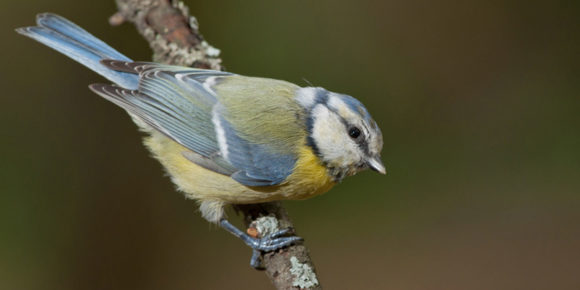Wildlife in Potters Fields Park
Potters Fields Park is a unique green open space by the Thames next to Tower Bridge. With its spacious lawns, whispering trees, quiet walkways and colourful wildlife-friendly gardens, it offers an oasis in the middle of London.
From herbaceous perennial beds filled with vivid echinacea and wild peonies in summer to deep-purple buttercups and spiky snake root in the winter, Potters Fields Park is visually arresting all year round. Our planting scheme and its sustainable management regime is a significant local resource for foraging and nesting insects, as well as humans.
Our herbaceous planting scheme is home to a whole host of wildlife, from bees and birds to insects and bats. We actively encourage wildlife to grow and live in the parks by providing bat boxes, bee hives, bluebell meadows and insect hotels.
“Potters Fields supports an impressive array of species with four bumblebees in particular representing a rich fauna in the context of a managed park in an intensely urban area”
The Ecology Consultancy
Wildlife

Bees
Potters Fields Park is the proud home to an apiary of five bee hives, which are carefully looked after by Bermondsey Street Bees. In winter the worker bees form a huddle around their Queen and feed on the large honey reserves left for them – bees continue to buzz around even in winter to find water. As the year turns towards spring, the bees become more apparent as they begin to forage for the increasing quantity of pollen that they need to bring in to feed the growing brood. By summer the bees peak at around 60,000 bees per hive (that’s approximately 300,000 bees on Potters Fields alone!).
To stay alive a single hive needs to gather at least 250kg of nectar and 50kg of pollen just to survive, let alone produce a honey surplus that would be safe and responsible to harvest. Piet Oudolf’s durable perennial prairie planting scheme provides naturalistic clumps and drifts that are easy for insects to feed from and provides an exceptional resource for the bees.
“Potters Fields is a beacon; a wonderful demonstration of how – in a relatively small area- we can enhance urban landscapes, create meaningful eco-systems and feed not only the honeybees, but also countless other pollinators; from flies and butterflies to other species of wild bee in the UK”
Sarah Wyndham Lewis, Bermondsey Street Bees
Honey bees are vitally important to the park and help to pollinate the plants in the Park and its vicinity. We actively support sustainability in the area, with delicious results.
Click here to see Bermondsey Street Bees.

Insects
Over 60 species of insect have been recorded on Potters Fields Park and each of them plays a very important role in maintaining the park’s biodiversity. Due to the wild nature of the planting scheme, the flowering plants in Potters Fields provide a significant local resource for both foraging and nesting insects.
Since 2014, a range of enhancement measures has been installed on the park to increase the diversity of bird and invertebrate species. Our gardeners’ compound has been retrofitted with a biodiverse green roof, specifically designed to provide dry, open habitat for ground nesting bee species. During the winter, we leave a significant amount of leaf litter on the beds to encourage insect habitation. We have also created and installed a bespoke bug hotel as an artificial nesting site for bees, wasps and invertebrates.

Bats
Bats are amazing creatures and are very important to our ecosystems. In the UK, there are 18 native bat species, all of which are protected under European Law.
Bat populations in the UK have declined dramatically over the last century due to habitat loss. Our bat boxes and the presence of the bug hotel actively encourage bats to roost in Potters Fields Park.

Birds
We are home to at least fifteen bird species. Both St. John’s Churchyard and Potters Fields Park contain suitable nesting habitats for species including juvenile blackbirds, blue tits, greenfinches and robins.
Both parks are also graced with three species of importance to the conservation of biodiversity in England – the house sparrow, dunnock and starling.

